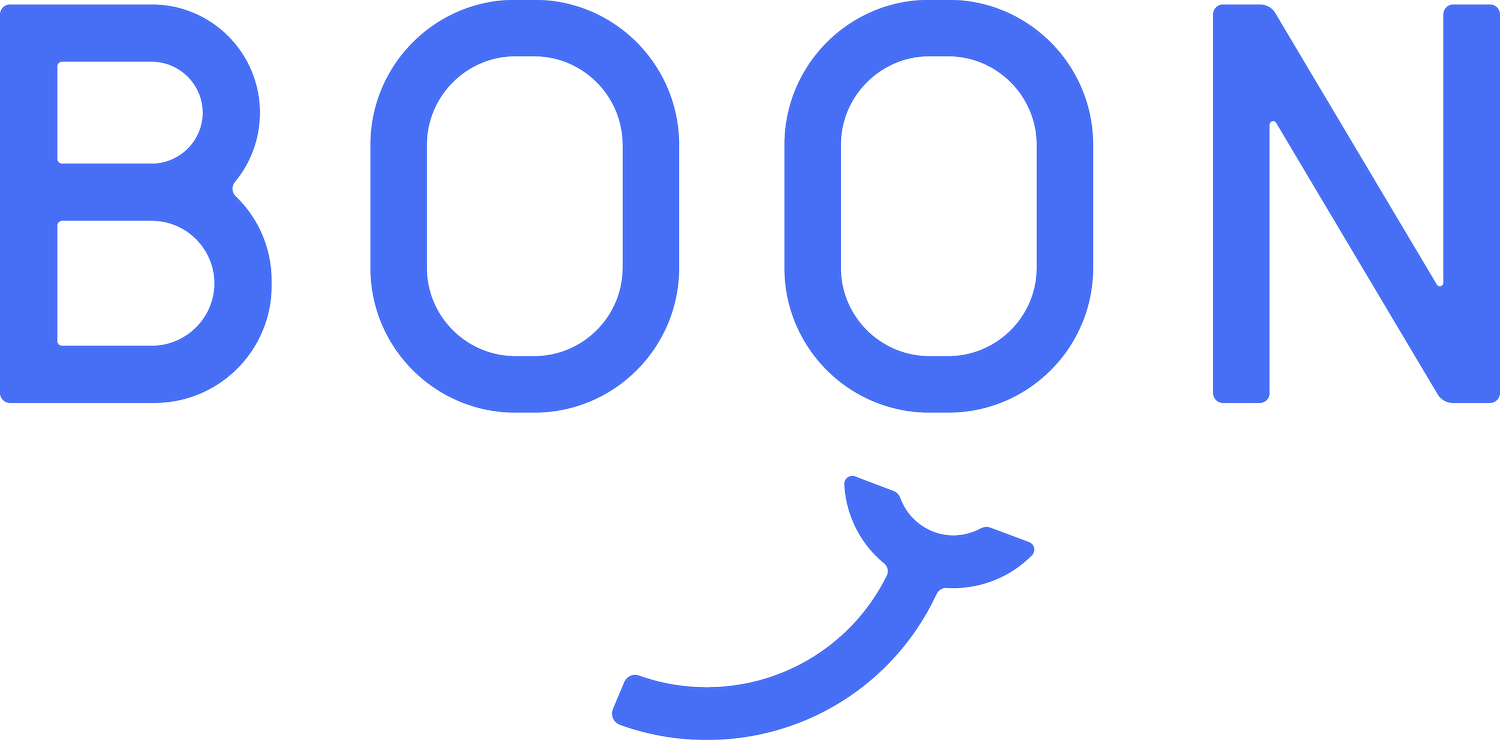3 Strategies to Reduce Employee Turnover in the Great Resignation
A flurry of thinkpieces have come out over the last few months on a new kind of epidemic: hiring shortages. According to Business Insider, over 4.5 million Americans, or 3% of the workforce, quit in March alone. While some new outlets have forecasted a slowdown to the great resignation, recent data shows that the employee turnover is at an all-time high. Efforts to reduce employee turnover are one of the most pressing issues currently facing companies across the United States.
Employees are in a uniquely competitive position within the job market. With nearly twice as many job openings than unemployed Americans, companies now must double down on their efforts to entice talent. What can companies do to keep their teams intact while drawing new talent?
3 Ways Companies Can Reduce Employee Turnover in the Great Resignation
What is motivating employees to leave work? The answer depends on who you ask. Kim Kardashian famously told Variety that “it seems like nobody wants to work these days.” Of course, the truth is more complicated than that.
Talk to any recruiting team and you’ll hear the same story: interviewees not showing up, declining jobs midway through an interview, and demanding salary transparency. Tactics typically deemed rude or unprofessional are now the norm. But after two years of living under COVID-19 restrictions, employees are vying for a change in their lifestyle, and if they don’t like what they see, they’ll leave.
In a normal job market, employees usually switch careers to get a better salary. The Great Resignation is different. Below, we go over some of the less obvious reasons employees are packing their bags – and what you can do to keep them on your side.
Work-Life Balance
At the beginning of the pandemic, many experts were stunned by how rapidly companies were able to transition from in-person work to working fully from home. Even more surprising was that working from home has appeared to increase overall productivity (estimated to be a 13% increase according to a Stanford study.)
While most employees have been enthusiastic about WFH environments, it has also added stress for those who were unable to delineate when their work day ended and their downtime began. Employees find themselves in a double-bind: many vastly prefer hybrid or fully remote working environments, but these exact environments can also lead to faster burnout.
There’s no question that without the need for the daily commute, employees are getting substantially more time back in their day. But to offer employees a true work-life balance, think beyond remote working. Are employees really maintaining a normal 9-5 schedule? Or are they working in a twilight state between living at home and work at the same time?
Positive Culture
Stress and anxiety have been rampant throughout the pandemic. While these emotions aren’t abnormal, prolonged exposure to these feelings can have lasting detrimental effects on people. Some mental health experts have likened the reactions to COVID-19 as collective trauma.
When people think of trauma, thoughts might turn to the type of sensationalized experience you might see in a movie theater or a TV show. It can be more simply described as an emotional response to a life event that results in fear or helplessness. Although many of us are trying to put the past two years behind us, the feelings that we carried throughout the pandemic have had a lasting impact on everyone.
In situations where people feel powerless, they may act in impulsive ways to regain control of their life. Rather than addressing issues in the workplace, they may simply leave to find a less stressful or taxing job that gives them a renewed sense of control. Reducing employee turnover can thus be addressed by giving employees a space for greater communication and expressing their frustrations before they reach a critical state. A negative work culture is an easy way for employees to justify leaving a company.
Communication
In 2021, companies were initially hoping to bring back employees to the office as soon as everyone got vaccinated. Then the variants came. Inconsistent messaging around the return to offices, whether work would be fully in-person or hybrid, and even whose jobs were considered necessary to be in person, have left employees in a lurch. Feeling unheard and disrespected, employees have found greener pastures.
Companies that have poor communication strategies can quickly frustrate employees, but this falls on employees as much as it does the companies that they work for. Are they able to express what they are feeling without fear of recrimination? Is communication a two-way street?
Reduce Employee Turnover with Boon Health
When employees have issues that are not swiftly addressed, they can grow tired and leave. Boon Health helps bring mental well-being into the workplace by boosting the resilience of employees and helping them manage issues in the workplace. By focusing on their mental state, you can:
· Empower employees to understand how to set goals and limits to help them regulate their work-life balance in a way that works for both you and them.
· Help employees understand their relationship to work and build a more positive culture.
· Give employees a way to help them learn how to communicate their feelings before they grow frustrated with work.
Are you ready to see the Boon difference? Contact us today for more information about our services.

